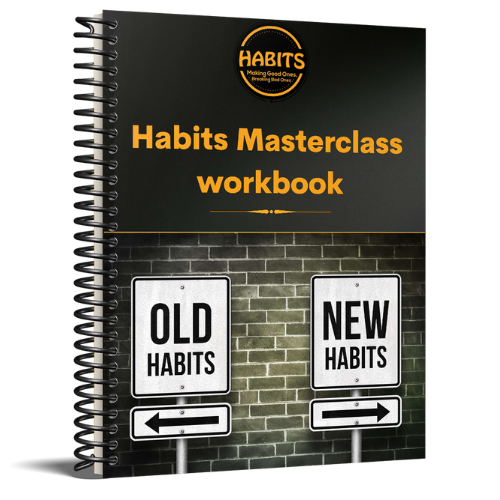How to Handle the First 50 Days of Discipleship
I was recently asked to share at Outreach and Bus Convention about how to create tools to help new Christians get established in their faith, and form discipleship routines. I shared a session about how even small church pastors can do a better job discipling new converts in those crucial first 50 days. Here’s the […]










